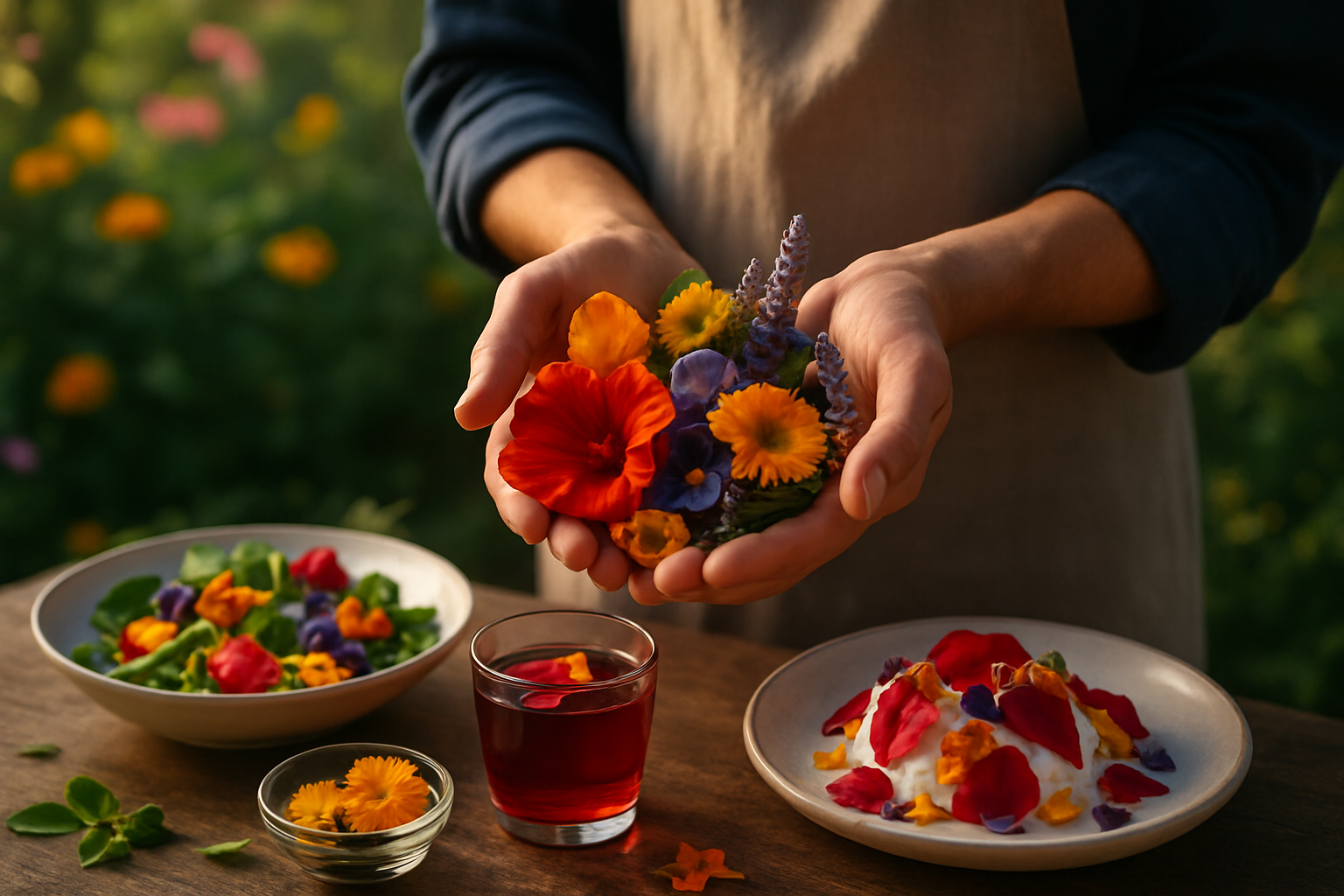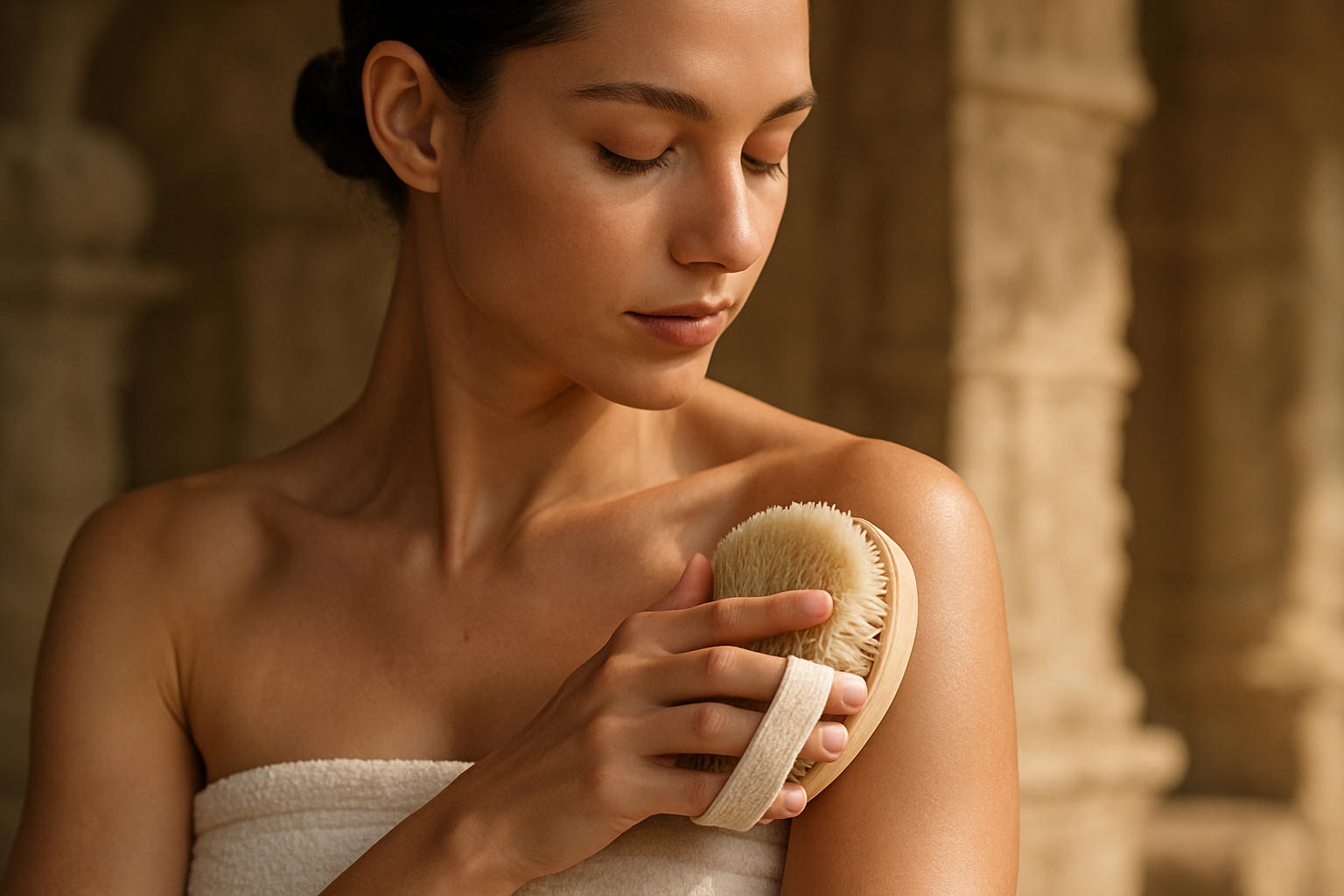A Culinary Journey Into the World of Edible Flowers
Greetings, food and drink enthusiasts! Embark with me on a culinary exploration of a world often overlooked - the world of edible flowers. Beyond their aesthetic appeal, flowers can add unique flavors, textures, and health benefits to your meals. Edible flowers are not a new concept, yet they are making a comeback in contemporary cuisine. Chefs across the globe are incorporating these botanical delights into their dishes, not just as garnishes but as integral ingredients. From salads to desserts, cocktails to main courses, the floral trend is blossoming in the culinary world.

Section: Flavor Profiles of Popular Edible Flowers
Each edible flower carries a unique flavor profile. For instance, roses have a sweet, perfumed taste, making them perfect for desserts. Nasturtiums, with their peppery flavor, can add a kick to salads. Lavender, with its distinctive aroma, brings a unique twist to baked goods and beverages. Exploring these flavors can truly enhance your culinary experience.
Section: Health Benefits and Nutritional Value
Edible flowers are more than just pleasing to the eye. They also offer various health benefits. For instance, marigolds and dandelions are rich in antioxidants, calendula boosts the immune system, and hibiscus can aid digestion. Incorporating edible flowers in your meals can be a delicious way to boost your health.
Section: Cooking with Edible Flowers
Cooking with edible flowers requires some know-how. It’s essential to ensure the flowers are edible and free from pesticides. Also, only the petals of most flowers are edible. The culinary use will also depend on the flower’s flavor profile and the dish’s nature.
Section: Foraging and Growing Your Own Edible Flowers
One of the most rewarding ways to engage with edible flowers is by foraging or growing your own. This allows you to have the freshest ingredients and understand the source of your food better. However, it’s crucial to identify edible flowers correctly and ensure they are safe to consume.
Extra Bites of Knowledge:
-
Edible flowers can also be used to make teas and infusions.
-
Some edible flowers, like chrysanthemums, can be used to make wine.
-
Not all flowers are edible; some can be toxic, so it’s essential to research before consuming.
-
Flowers can also be crystallized with sugar and used as decorative, edible cake toppers.
As we conclude our floral culinary journey, it’s clear that edible flowers can elevate our dining experiences in many ways. They add unique flavors, provide health benefits, and offer an opportunity to engage with nature. So why not add a dash of floral charm to your next meal?





